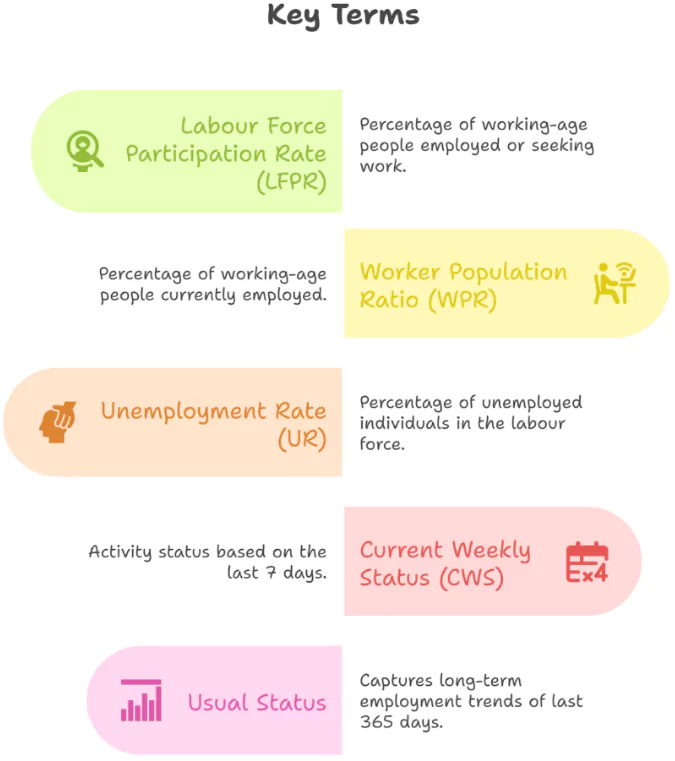![]() 15 May 2025
15 May 2025

The National Statistics Office (NSO) under the Ministry of Statistics and Programme Implementation (MOSPI) has revamped the Periodic Labour Force Survey (PLFS) from January 2025.
 Annual results will now follow the calendar year format (January–December), instead of the earlier July–June cycle.
Annual results will now follow the calendar year format (January–December), instead of the earlier July–June cycle.
<div class="new-fform">
</div>